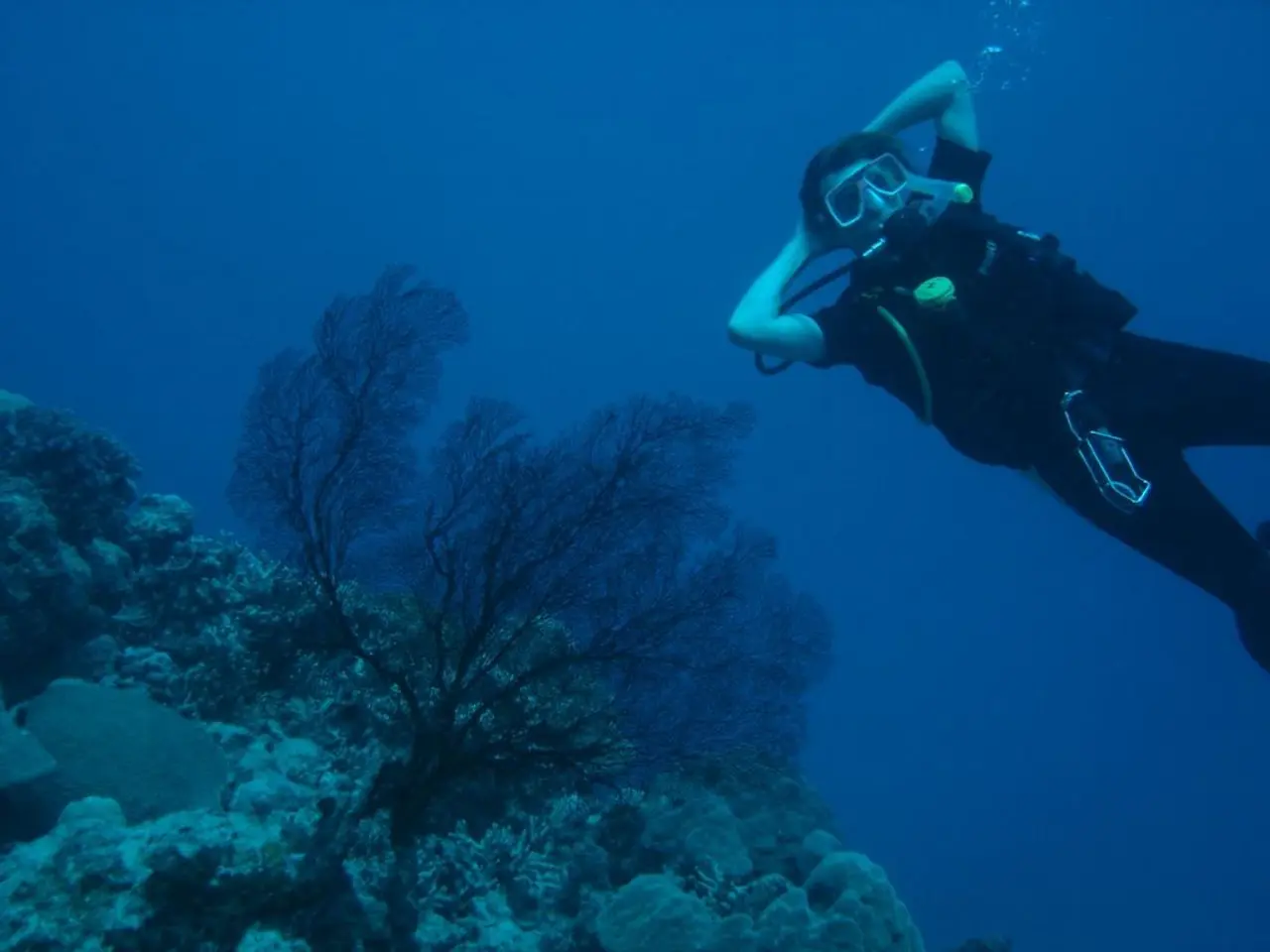Researchers Discover Shocking Facts Deep within the Mediterranean Abyss
The Calypso Deep, one of the last unexplored regions of the ocean, located in the Hellenic Trench off the coast of Greece, has become a concerning site for marine pollution. This kidney-shaped trench in the Ionian Sea, 37 miles off the Peloponnese coast, acts as a collection point for debris, primarily consisting of plastic waste, metal fragments, glass, and paper.
A recent survey revealed 167 pieces of debris at an extreme depth of about 5,100 meters underwater, making it one of the densest concentrations of trash ever recorded in a deep-sea environment.
The sources of this pollution are diverse, with debris originating from both terrestrial and marine sources. Ocean currents play a significant role in carrying plastic waste over long distances, depositing it into deep trenches like the Calypso Deep. Human activities such as direct dumping into the sea, maritime traffic, fishing, tourism, and coastal settlements also contribute to the accumulation of such pollution in remote underwater areas.
The unique structure of the Calypso Deep, with steep, closed walls, prevents debris from being dispersed by water circulation, effectively creating a "trap" where waste accumulates. The lack of significant currents in the area allows the debris to remain in place for long periods, where it becomes part of the sediment and, over time, may even degrade into microplastics.
Professor Miquel Canals from the University of Barcelona suggests that the waste in the Calypso Deep was likely transported by ocean currents and direct dumping by boats. This disturbing discovery highlights that even the deepest, most remote marine environments in the Mediterranean are being impacted by human pollution.
The Calypso Deep, once considered a biological "sanctuary," largely unaffected by human activities, now poses long-term risks to marine life. As plastics degrade into microplastics, they potentially enter the food chain, threatening the biodiversity in the area, which includes deep-sea fish such as Coryphaenoides mediterraneus and shrimp like Acanthephyra eximia.
The Limiting Factor, a state-of-the-art submersible, was used to descend into the depths of the Calypso Deep for scientific study, providing valuable insights into the extent and impact of this pollution. The discovery serves as a stark reminder of the need for increased efforts in waste management and ocean conservation to protect our planet's most remote and vulnerable ecosystems.
Science has shown that the Calypso Deep, once viewed as a biological sanctuary, is now a site of concern for both health-and-wellness and environmental-science, due to the accumulation of waste from various human activities. This pollution, mainly consisting of plastic waste, metal fragments, glass, and paper, is not only interrupting the natural environment and climate-change effects but also posing long-term risks to marine life and the food chain through degradation into microplastics.




